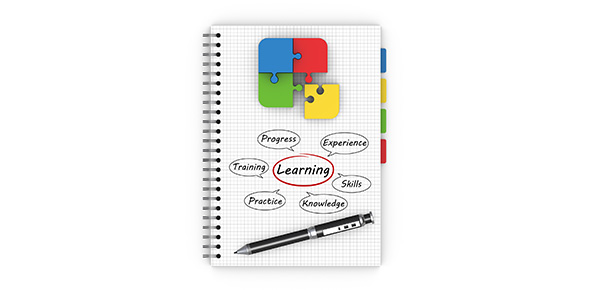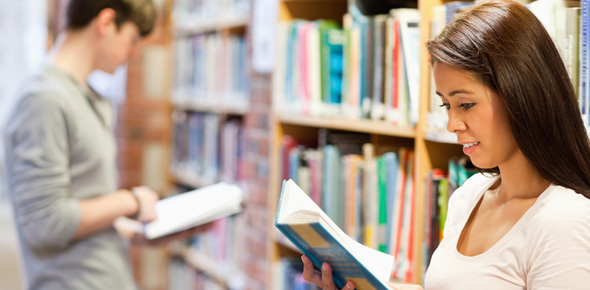Related Flashcards
Related Topics
Cards In This Set
| Front | Back |
|
The repetition of words beginning with the same letter.To draw attention to a particular sound and/or movement, to intensify or to bind words together.
|
Alliteration
|
|
A word/phrase that suggests something else.If many people can relate to it, it allows you to connect with the subject matter of the poem.
|
Allusion
|
|
A word/phrase that could mean more than one thing.To get the reader thinking about the different possibilities in the word/phrase.
|
Ambiguity
|
|
Giving human characteristics to an animal.Connects us to the animal being described.
|
Anthropomorphism
|
|
The repetition of similar or identical vowel sounds which follow each other.Like alliteration, to draw attention a particular sound and/or movement, to intensify or emphasise something or to connect words.
|
Assonance
|
|
A natural phrase or break in a line of poetry - usually in the middle.Can serve as a pause/change in tone/meaning. Could serve to separate, juxtapose certain ideas. Used for rhetorical effect.
|
Caesura
|
|
An idea or feeling that is often associated with a word or phrase.To hit to the audience/readers that there is a bigger theme or idea behind the words. Perhaps to hint at what else might happen in the poem.
|
Connotation
|
|
Series of marks ... that usually indicate an intentional omission of a word or sentence.To create a pause, slow down pace, make the reader think.
|
Ellipsis
|
|
A technique in which the idea or perhaps rhythm of one line are continued and completed in the next line.May be used to show excitement. Can also suggest movement. It also draws attention to the words at the start of the next line - perhaps important?
|
Enjambment
|
|
A word or expression used instead of saying something which might be unpleasant or embarrassing .To communicate an awkward emotion, often suggests how someone feels about a traumatic event, for instance a death.
|
Euphemism
|
|
Using the pronoun of 'I' often means the piece is autobiographical.As if the poet is letting you in on something. Also: 2nd person, use of 'you'. Poet addresses reader directly to get them involved.
|
First Person
|
|
Poetry avoids regular patterns of rhythm and rhyme, although it may use other repetitive patterns of word, phrases or structures.Doesn't sound so much like a poem - seems more natural, as if the poet is speaking to you.
|
Free Verse
|
|
Use of word-pictures (images), figures of speech (similes, metaphors) and description.To evoke ideas, feelings, objects, actions, states of mind.
|
Imagery
|
|
Like the simile, is comparing one thing to another; but says it is something instead of like something.To allow people to create a clear picture in their heads, by comparing the thing to something else that is striking.
|
Metaphor
|
|
Use of words which sound like the things they describe.To further describe the scene by communicating to the reader the sounds that were heard.
|
Onomatopoeia
|






